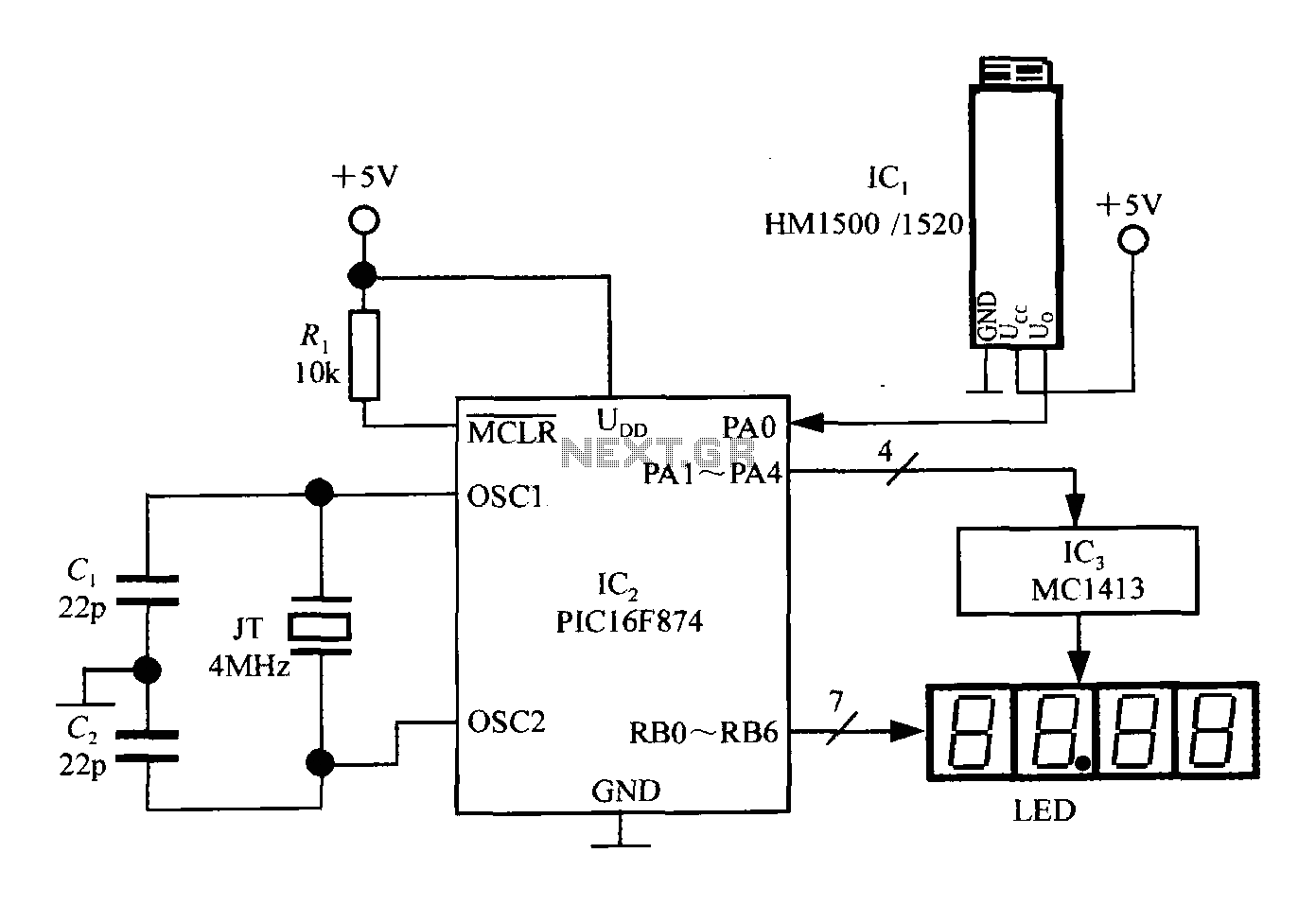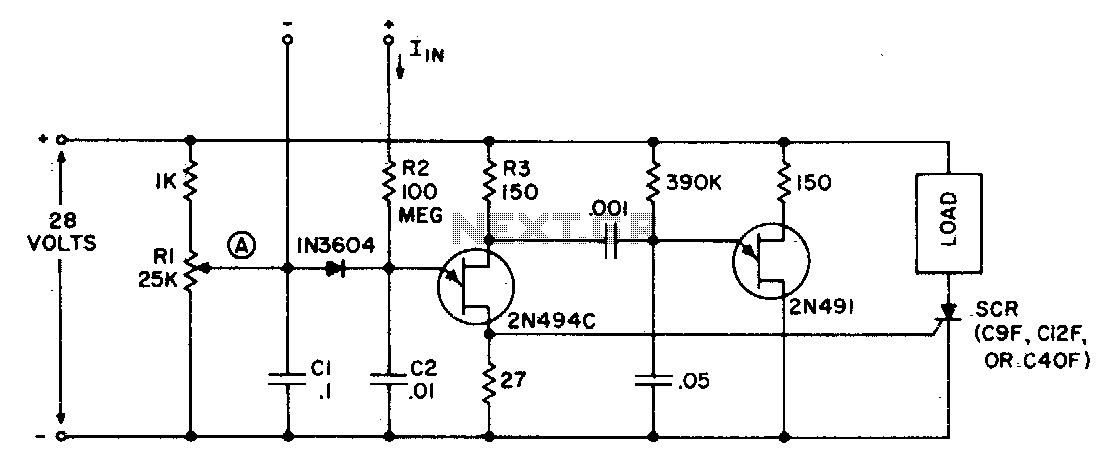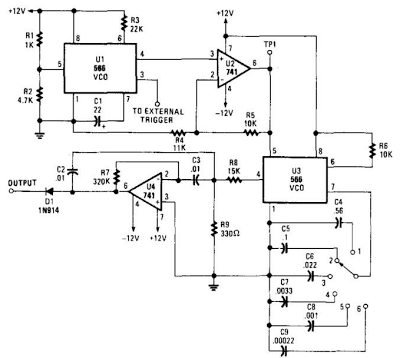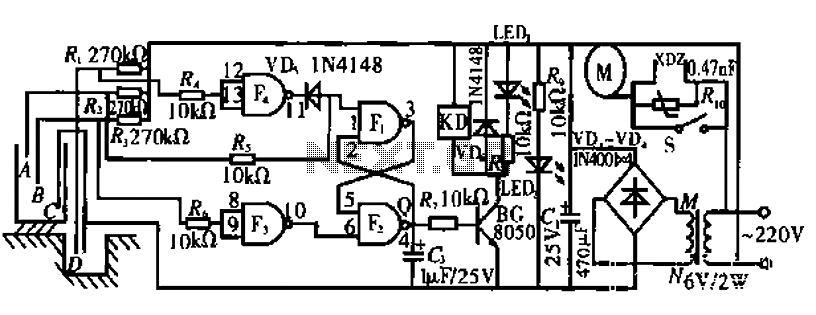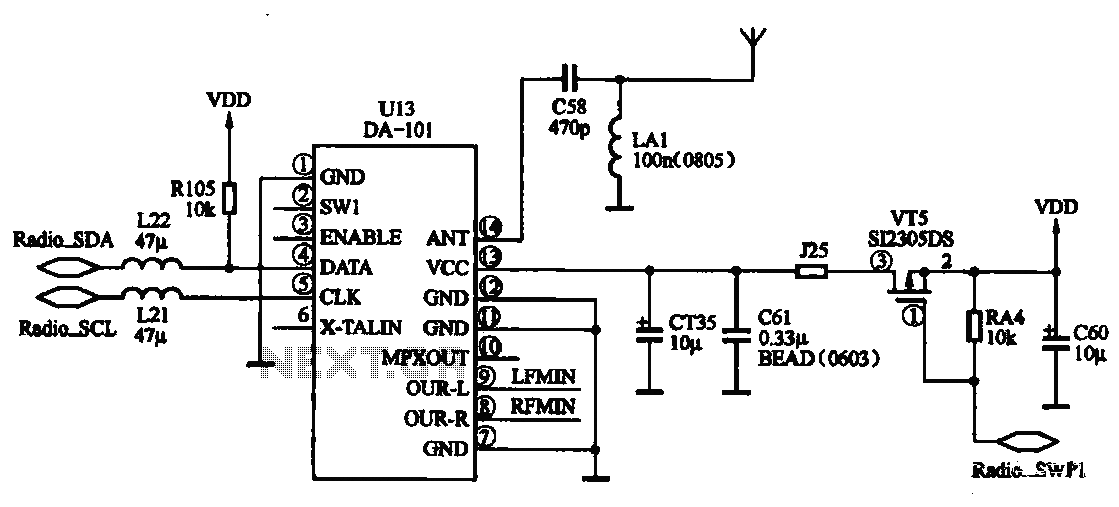
Three-way operation of the dynamic braking circuit
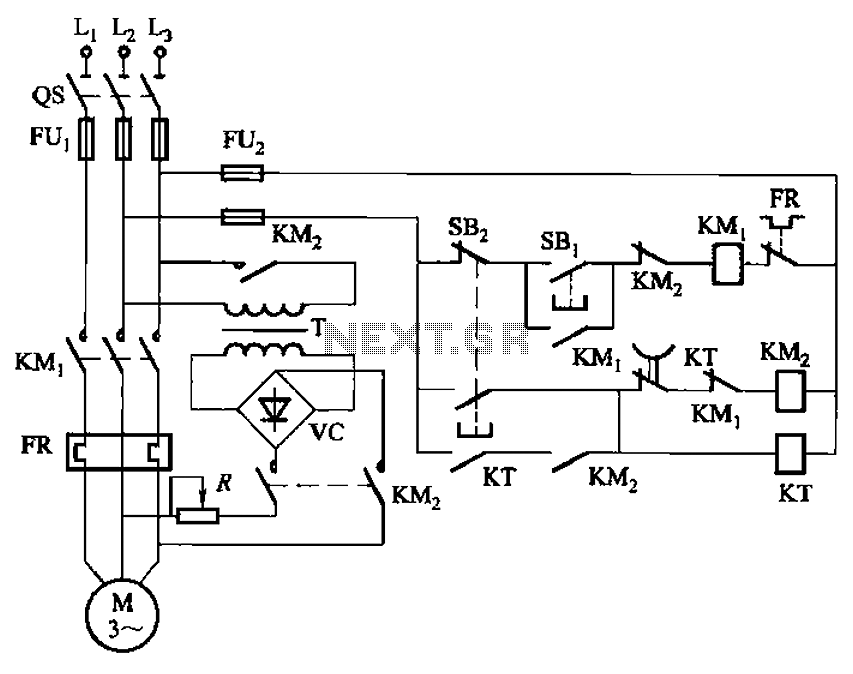
The circuit depicted in Figure 3-135 employs a time relay (KT) to determine the braking time.
The circuit utilizes a time relay, which is a crucial component for controlling the duration of the braking process. The time relay KT is designed to introduce a specific delay before the braking action is initiated. This delay can be adjusted based on the requirements of the application, allowing for flexibility in operation.
In the circuit, the input signal activates the time relay, which then begins its timing sequence. Once the preset time elapses, the relay contacts close, triggering the braking mechanism. The relay's timing can be set using variable resistors or capacitors, depending on the design, enabling precise control over the braking duration.
The overall functionality of the circuit is essential in applications where controlled deceleration is necessary, such as in motor control systems or automated machinery. By regulating the braking time, the circuit helps prevent mechanical stress and enhances safety during operation. Proper selection of the time relay's specifications, such as its voltage rating and timing range, is vital for ensuring reliable performance in the intended application. Circuit shown in Figure 3-135. Braking time is determined by the time relay KT.
The circuit utilizes a time relay, which is a crucial component for controlling the duration of the braking process. The time relay KT is designed to introduce a specific delay before the braking action is initiated. This delay can be adjusted based on the requirements of the application, allowing for flexibility in operation.
In the circuit, the input signal activates the time relay, which then begins its timing sequence. Once the preset time elapses, the relay contacts close, triggering the braking mechanism. The relay's timing can be set using variable resistors or capacitors, depending on the design, enabling precise control over the braking duration.
The overall functionality of the circuit is essential in applications where controlled deceleration is necessary, such as in motor control systems or automated machinery. By regulating the braking time, the circuit helps prevent mechanical stress and enhances safety during operation. Proper selection of the time relay's specifications, such as its voltage rating and timing range, is vital for ensuring reliable performance in the intended application. Circuit shown in Figure 3-135. Braking time is determined by the time relay KT.
